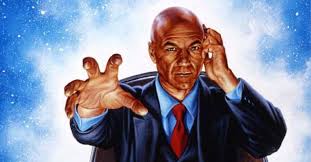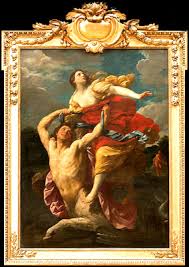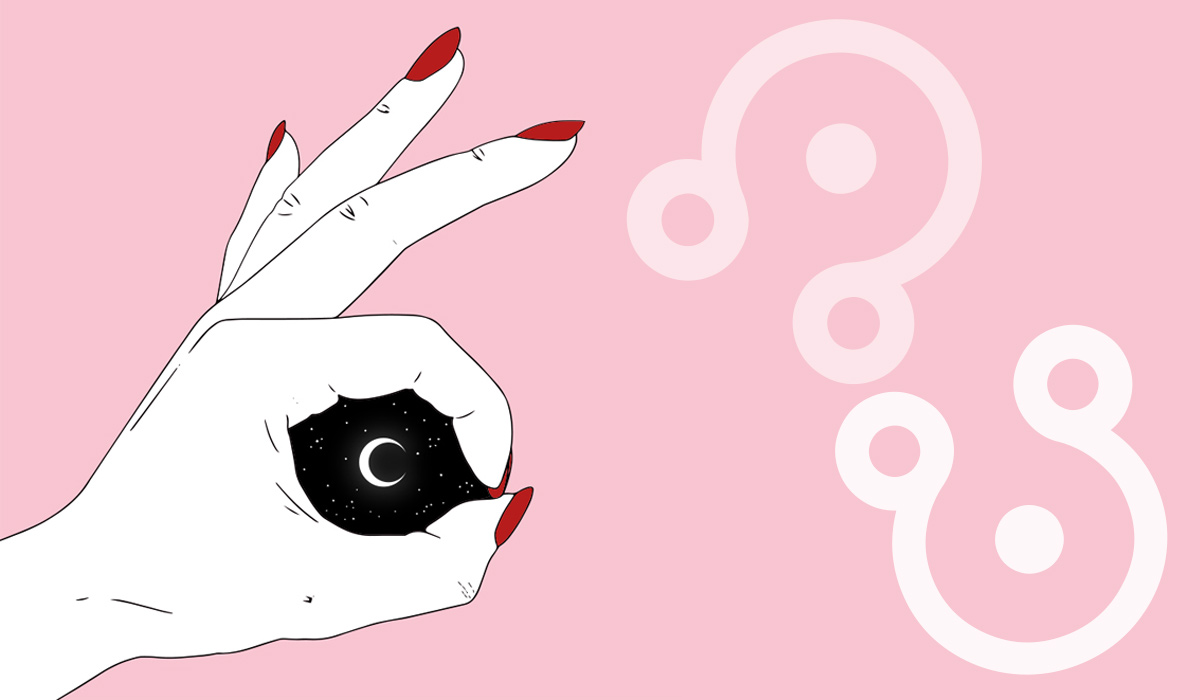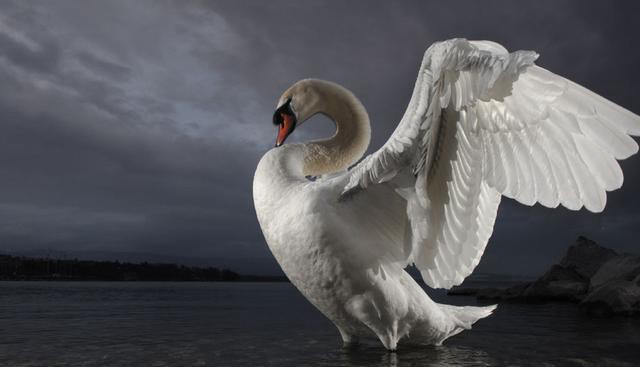The whole heavens is the ultimate or “overall” pattern in the concept of “cosmic order”. Cosmic order relates to the Hermes Trismegistus’ axiom “as above, so below”; the harmony between the heavens and the earth, the earthly order corresponding to the cosmic order. The heavens is understood to be the macrocosm, and man the microcosm; and hence according to Paracelsus the structure of the human body itself is the structure of the entire universe.
Man, the human being, the highest evolved product of the microcosm, is seen as the synthesis of all nature; animals, birds and each living thing emphasizing some unique or exaggerated feature that symbolically represents some function of the human condition, and some part of the human body.
Creation takes place in the micro realm. In ancient times, when the myths were written, this realm was a great mystery. Nowadays science has provided an understanding of this world, revealing metaphorical correspondences with ancient creation myths. I believe that the myths are always happening and that related words, etymology, will give the clues.
Words have energy and vibrate at different frequencies. I envisage each of the 88 modern constellations having its own specific key note, as on the modern piano there are 88 keys. If certainty could be achieved in allocating the correct words to the constellations we would recognize the harmony and have no doubts.
A number of constellations have a bird as its symbol. According to the medieval bestiaries, it is known that the names of many birds are invented from the sound of their voices, e.g. Grus, Corvus, Cignus, Bubo, Milvus, Ulula, Cuculus, Garrulus, Graculus, etc. (Crane, Crow, Swan, Owl, Kite, Screech-owl, Cuckoo, Starling, Daw, etc.). The bestiaries say that the particular kind of song they have suggests what they should be called. The names of birds in most languages, are of echoic origin, that often have a list of cognates that appear in Indo-European linguistic roots. The words used to describe the habits and shapes of animals are often cognate with their names.
Etymology is the study of the history of words. English is an Indo-European language and related to most of the major languages of Europe and the northern Indian subcontinent. Click here for a list of Indo-European roots and see how linguists have grouped words that are etymologically related to each other. I believe that each constellation embraces a number of these Indo-European roots.
Along with using these roots supplied by modern etymologists, I have liberally used interpretations of words from the 7th century AD Christian scholar Isidore of Seville (The Etymologies), and also from the 1st century Roman writer Marcus Terentius Varro (On The Latin Language), Plato, Plutarch and others. In some of the pages on this website etymological suggestions are offered that at this stage may seem plausible to me, a non-linguist, but are not recognized as etymologically correct. I believe this subject calls for a looser structure than would be allowed in the science of modern linguistics.
The more I dig into this, the more the mosaic pieces of the big picture begin to fit together. I am hoping to share information and insights, and that as understanding of the constellations progresses, patterns might emerge that will give more certainty and a truer picture of what the constellations mean. Relatively little is known about this subject and if we do want to know more we should start somewhere; reasonable assumptions and likely suggestions can be made until we are able to confirm whether or not they will fit into a given constellation pattern.
There are 88 constellation of which 40 are modern, named by scientists and astronomers with little knowledge of myth, or with little appreciation for the “sacredness” of what they were doing. If God named the stars as it says in the bible (Psalm 147:4: “He tells the number of the stars; he calls them all by their names”) then it might be reasonable to assume that god inspired those namers, and these modern names are just as valid as the ancient names. As this project progresses we might find that we can identify some myths with these new constellations.
“Were all religions and all scriptures of the world to be lost, and were there nothing left to us except the starry heavens, the story of the zodiac and the significance of the names of the various stars found in the different constellations, we should be able to retrace the history of man, recover the knowledge of our goal and learn the mode of its achievement”


 Babies! That’s right but not those
Babies! That’s right but not those 



 fall back on, but that may undermine our lives if we hold on to these traits for security; while the North Node suggests the qualities that we need to develop in order to find inner balance.
fall back on, but that may undermine our lives if we hold on to these traits for security; while the North Node suggests the qualities that we need to develop in order to find inner balance.

You must be logged in to post a comment.